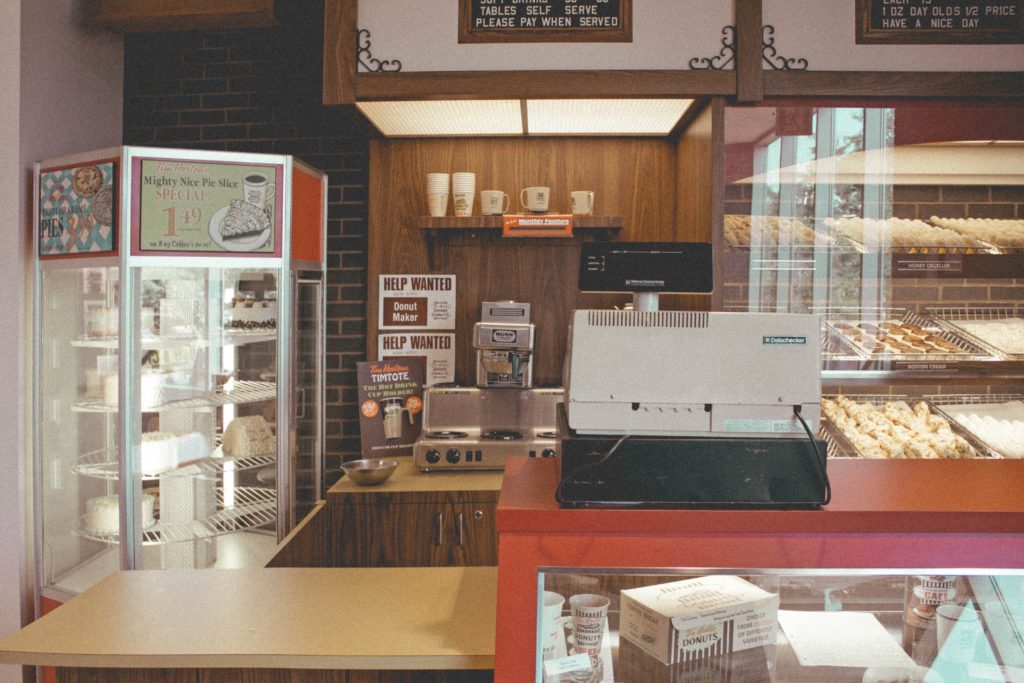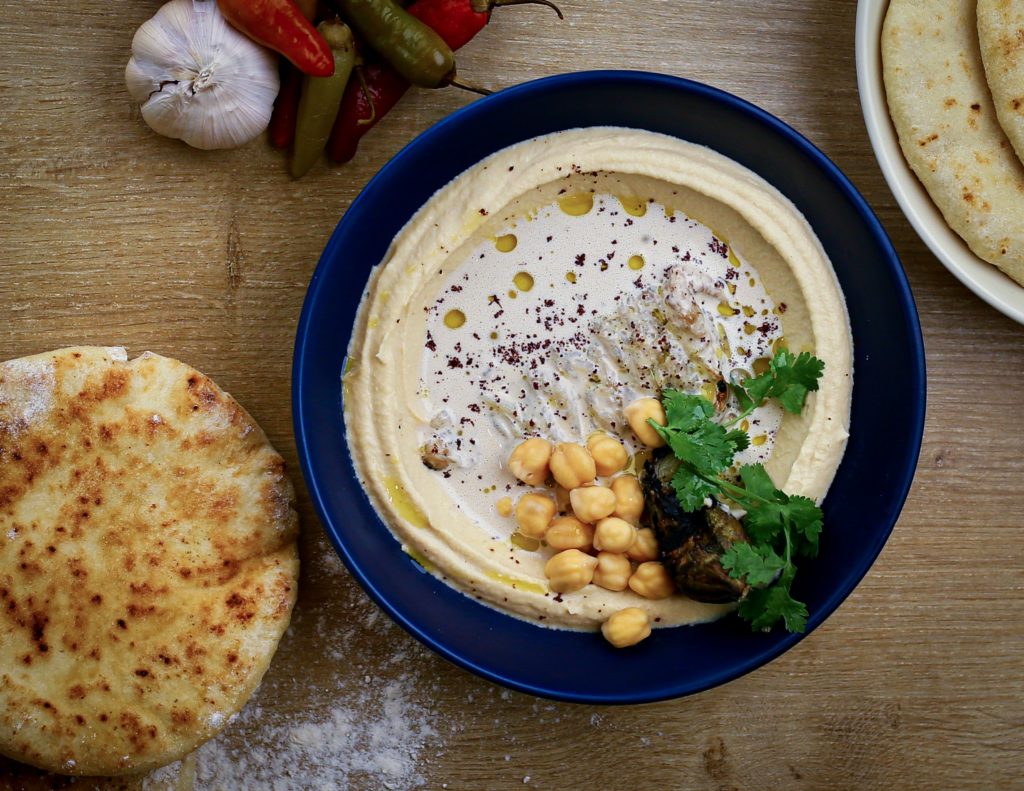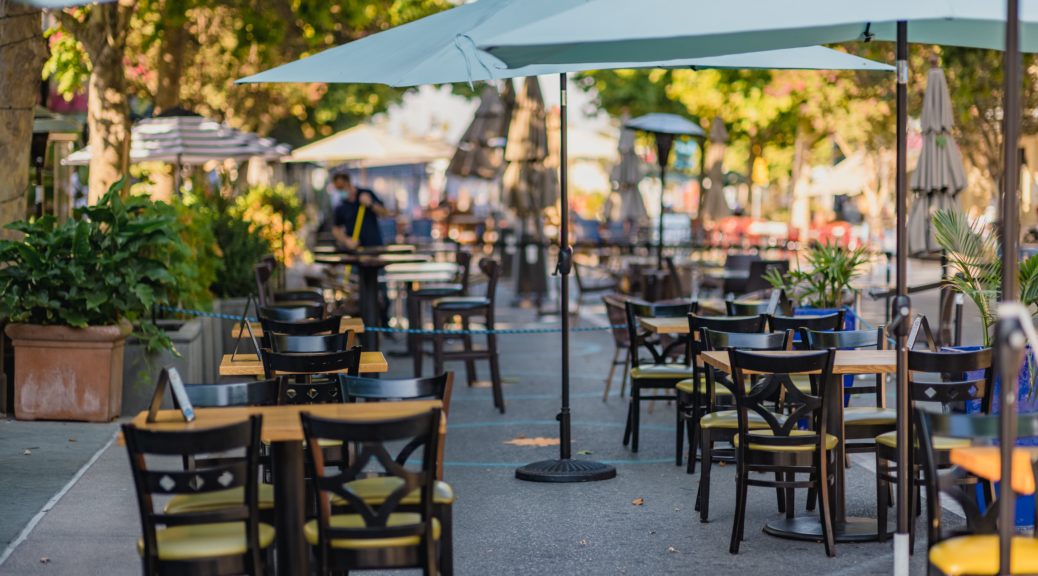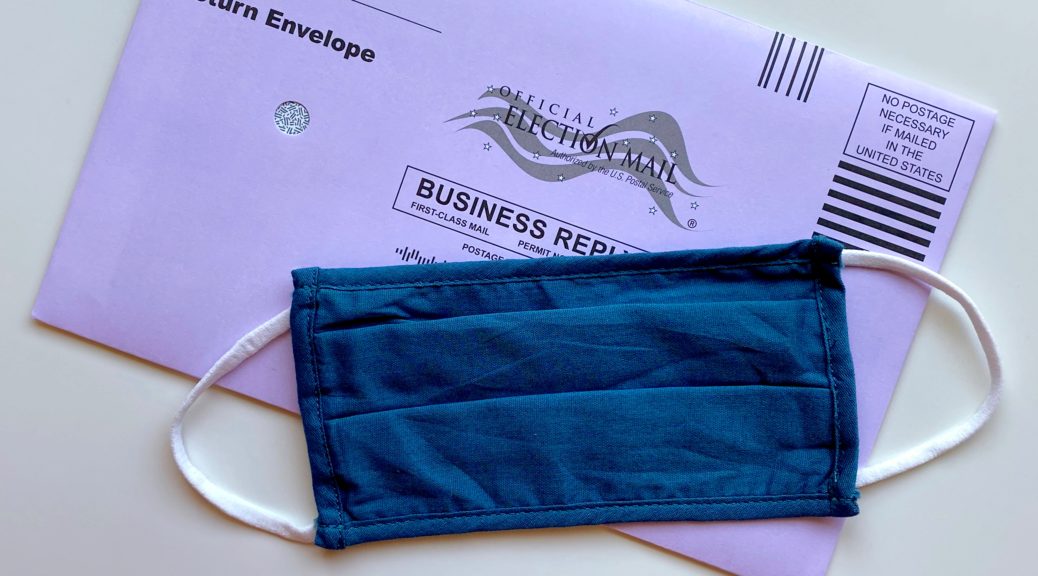By Luke Reshwan
Edited by Natalie Grace Sipula
Being located in Los Angeles, USC has many local food spots to choose from. In this article, I want to focus on just a few (my favorite few), that are all within walking distance from campus. All of these locations are also within the Free Lyft zone, so if you do not want to walk, you can get to them using the Lyft app and the USC pass that allows free Lyfts near campus. The three locations I will be talking about today are Spud Nuts, Cava, and Tacos Listo (better known as Taco Zone) . Each of these eateries is quite different: Spud Nuts is a smaller breakfast place that is open all hours of the day, Cava is a large chain restaurant serving Mediterranean food that consistently draws a long line in the village, and Tacos Listo is a food truck that doesn’t open until 5 PM (perfect for dinner and the infamous midnight snack).
I’ll begin with Spud Nuts, the best comfort food around USC hands down. Nothing makes a person feel more at home than breakfast sandwiches, doughnuts, smoothies, and some of the best iced coffee I have ever tried. My go-to order is the bacon, egg, and cheese on toast with a cronut and a mint chip milkshake. If you are wondering what the cronut is, it is a croissant glazed like a donut. It is a Spud Nuts delicacy that tastes phenomenal. Nothing starts the day off better than a breakfast sandwich that tastes just like it was cooked in my mother’s kitchen, a sugary croissant, and a nice milkshake to truly create that feeling of being stuffed to the brim with good food. If those things do not suit you, I highly recommend trying the HUGE cinnamon rolls (yes, huge had to be capitalized, they are massive) or one of the croissant sandwiches. Regardless of what you order, Spud Nuts is sure to remind you of a nice home-cooked breakfast that starts the morning off correctly.

When it comes time for lunch and you are hungry again, I highly recommend Cava in the USC Village as your next stop. Cava is like a Mediterranean Chipotle–you go along the line and choose a base like rice or pita or lettuce, then you choose dips and spreads you would like to add, followed by a protein, toppings, and dressings. I normally go with rice for my base, red pepper hummus, tzatziki, and harissa for my dips, lamb as my protein with assorted toppings depending on what I am feeling for the day, and then hot vinaigrette as the dressing. However, if this does not sound appealing, there are options for everyone to try. I have not met a single individual who does not like Cava, and I think they do a great job of making Mediterranean food more popular in the United States. I myself am Mediterranean, and very rarely do I find flavors of my grandma’s cooking in restaurants, let alone chain restaurants. Also, the portion sizes are quite large which allows for one to feel full after eating their lunch as opposed to many other restaurants that I have tried in which I am still looking for more after I finish eating.

Lastly, for dinner or a midnight snack, Tacos Listo is the place to go. It is known by many as Taco Zone because it used to be a taco truck in the AutoZone parking lot. However, they have now relocated onto Vermont Street. Everything on their menu is phenomenal, whether it is a burrito, taco, or quesadilla. I highly recommend getting al pastor as the choice of protein; however, I know many people who get many different proteins and they all seem to be more than satisfied. Of all the different taco trucks or taco places around the USC area, Tacos Listo is my top choice. It has numerous different sauces and salsas to choose from that only add to the experience. It is also open until 2 AM, allowing for that midnight snack that we all crave from time to time.

These locations are my top picks for a day of eating around USC. I highly recommend giving these places a try if you have not yet as they are some of the most consistent restaurants that I have tried in my two years down living in the area. Each of them is special and phenomenal in a different way and I truly think my experience at USC would be worse without them here.
Featured Image by Jason Leung on Unsplash
Luke is a junior studying Computer Science/Business Administration in Dornsife. He was born in the San Francisco Bay Area and has lived there his whole life before coming to USC. Having a father who immigrated from Lebanon, Luke knows a little Arabic, and he is proficient in Spanish after taking Spanish classes in school for seven years. He loves learning about all kinds of cultures and has met close friends from many cultures during his time at USC. He also enjoys sharing his Lebanese culture, whether it be food recipes, his grandparents’ and father’s teachings, or even just the social and conversational norms in Lebanese culture. He likes following fashion trends, especially in relation to shoes (of which he has over 20 pairs). He likes to keep up with basketball, soccer, football, and even F1. Outside of sports, however, he is constantly learning more about the tech world and the different things an individual can do with technology.






